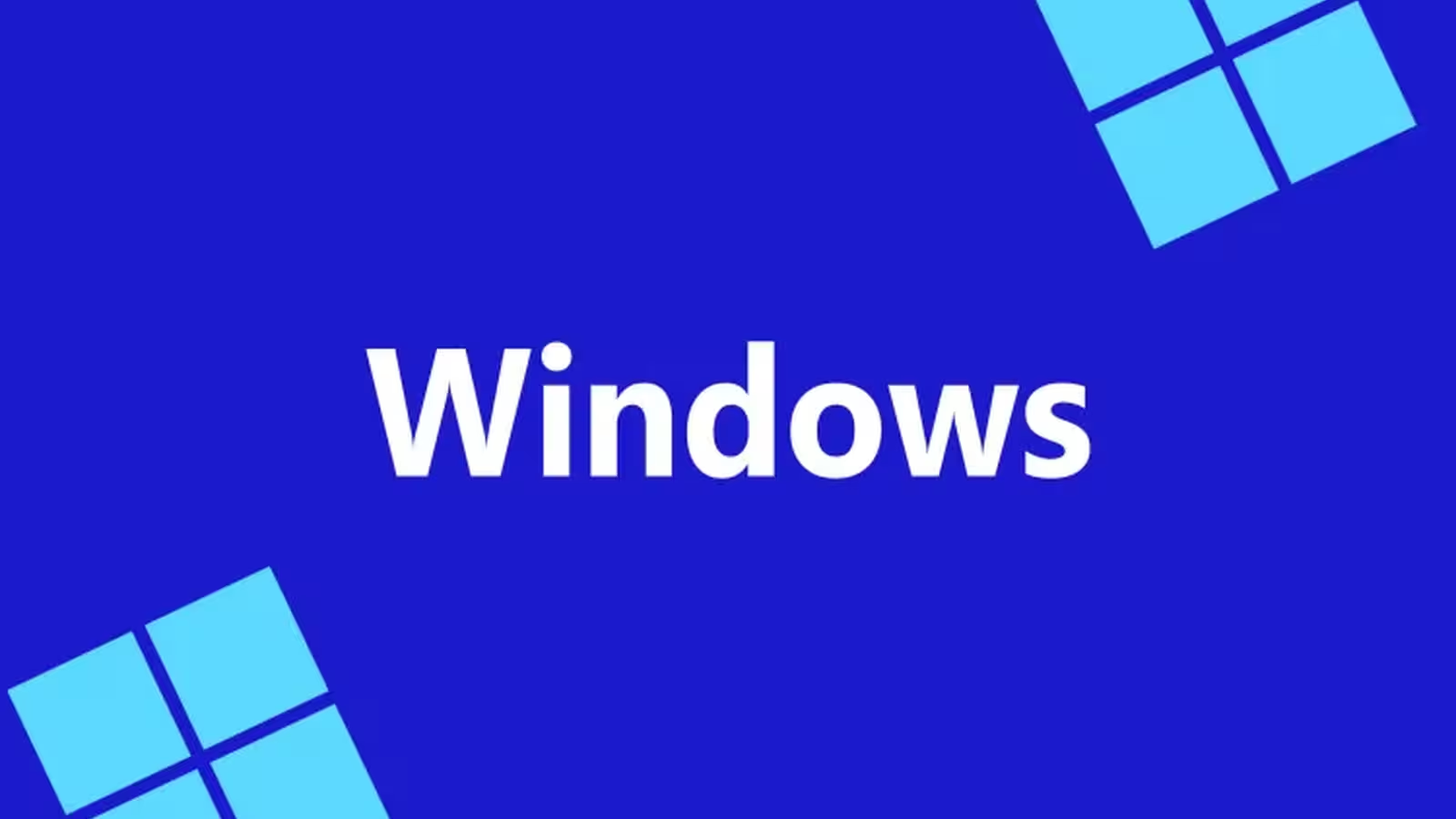3 Minutes
Microsoft is drawing the curtain on Windows 11 SE, its specialized version of Windows 11 aimed at low-cost laptops and educational devices. Launched quietly in November 2021 alongside the budget-friendly Surface Laptop SE, Windows 11 SE was designed to provide a streamlined, cloud-centric experience for students and schools – but its journey is coming to an end.
End of the Road for Windows 11 SE Support
The discontinuation of Windows 11 SE comes as Microsoft also prepares to sunset Windows 10 support, with extended security updates only available until October 2026. In a recent update to its official support documentation, Microsoft confirmed that Windows 11 SE will not receive further feature updates, and version 24H2 will be its last. Users of devices running this special edition should be aware that after October 2026, Microsoft will no longer provide software updates, security patches, or technical assistance.
Impact on Devices Like Surface Laptop SE
Notably, Microsoft's own Surface Laptop SE, which debuted as the flagship Windows 11 SE hardware, has an official lifecycle extending to January 2028. However, even these devices will miss out on crucial updates or support for the Windows 11 SE operating system after 2026, leaving users encouraged to upgrade to full-featured versions of Windows 11 for continued reliability and safety.
A Look at Windows 11 SE Features and Limitations
Windows 11 SE was engineered with educational needs in mind. It restricted app installations to those approved by IT administrators and removed access to the Microsoft Store, creating a focused environment free from distractions and potential threats. Several familiar Windows features were missing: users couldn’t snap more than two apps simultaneously, there were no Windows Widgets, and all apps launched in full-screen mode. Files saved by default to Microsoft OneDrive, supporting the OS’s cloud-first philosophy.
Unique touches such as desktop stickers and exclusive wallpapers added some character, but real innovation was limited. The operating system positioned itself as a competitor to ChromeOS, targeting schools seeking secure, manageable, and cost-effective devices.
Successor to Windows 10 S, but Not a Market Winner
Windows 11 SE was Microsoft’s follow-up effort to Windows 10 S, another attempt to crack the affordable education device market. However, in the face of stiff competition from ChromeOS-powered Chromebooks, Windows 11 SE struggled to gain traction. Aside from a handful of Surface Laptop SEs, few manufacturers adopted the platform, and Microsoft never introduced a successor.
What’s Next for Schools and Affordable Devices?
Microsoft encourages users to transition to devices compatible with mainstream Windows 11 editions to ensure continued security and ongoing feature improvements. The phase-out signals Microsoft’s shift in strategy, likely focusing future educational offerings on more versatile editions of Windows 11—or perhaps other cloud-based solutions.
While Windows 11 SE did not achieve widespread adoption, its development highlights the technology industry’s ongoing challenge to deliver accessible and manageable computing experiences for education and low-cost PC users. As the landscape evolves, IT departments and educators should plan migrations to supported platforms to protect systems and take advantage of the latest innovations in Windows.
Source: neowin



Comments